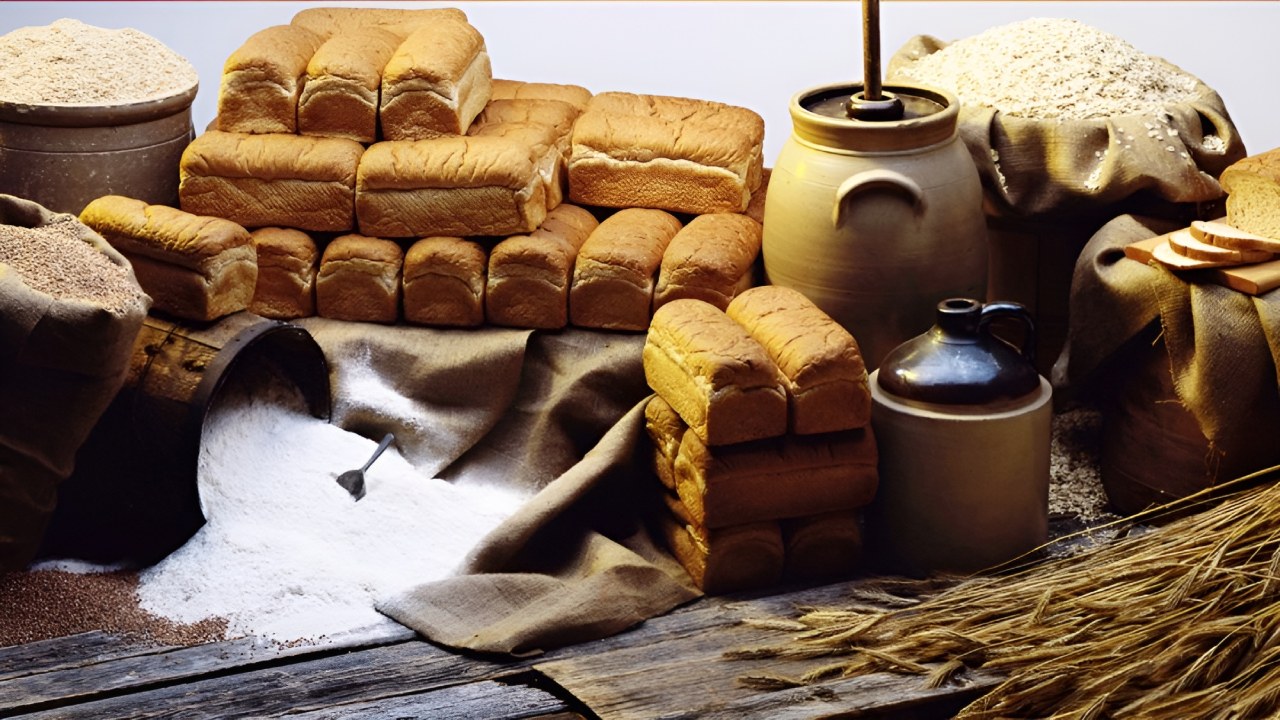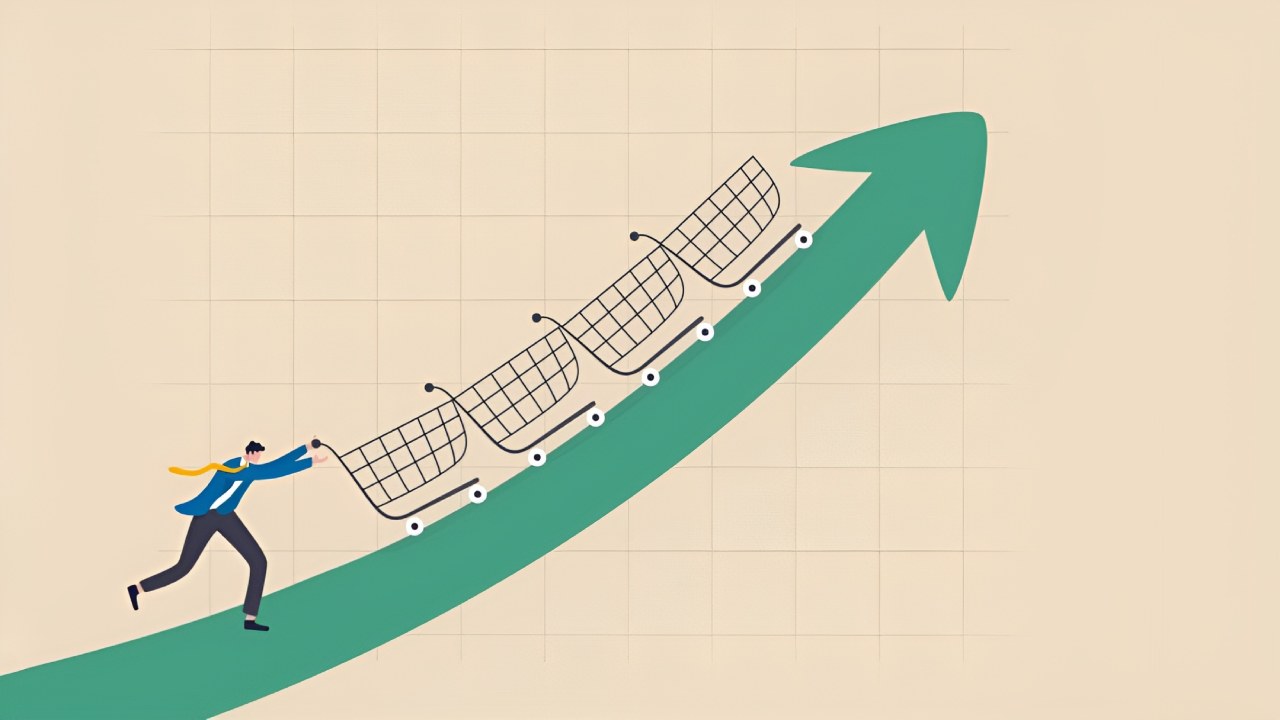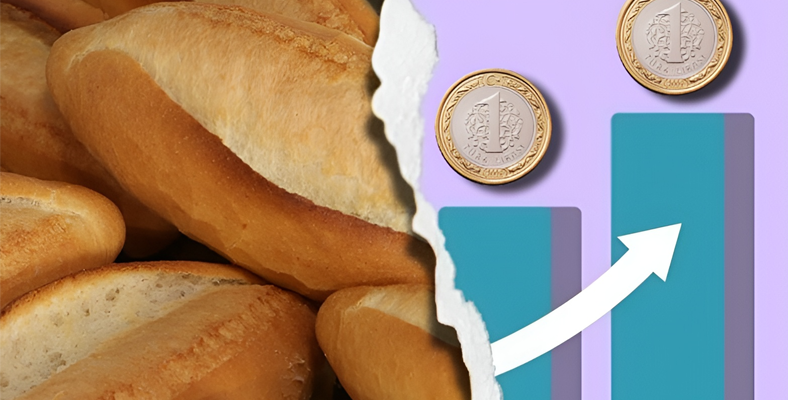Let’s say you go to the market and buy one of the products sold on the shelf for 20 lira. You were very satisfied with this product, but when you went to the same market the next day to buy it again, you saw that this product was 40 liras. In such a situation, would you buy this product again?
If the product you purchased is a Giffen product, your answer to this question will most likely be yes. In fact, in this case, we find ourselves unconsciously, What we can find when purchasing a product whose price has increased It means.
Alright As the prices of products increase, we tend to buy more What exactly explains the Giffen paradox?
To understand the Giffen paradox, let’s first look at the concept of supply and demand.
Supply is the amount of a product or service that a seller sells at a given price. Demand is the product or service that people are willing to buy from a seller at a certain price. If supply is demand When prices rise, demand decreases, and when prices fall, demand begins to rise.
The interaction of supply and demand affects the price of products in shops and determines the profit a company makes. In fact, this concept explains why markets sell high-quality cheese at a higher price than ordinary brand cheese.
In 1895, British economist Alfred Marshall was the person who explained mathematically how supply and demand occur.

However, he states that after stating the general rules, it is possible to encounter interesting exceptions. Marshall, price increases can surprisingly increase demand in some cases. tells.
The person who first put forward this situation was the well-known economist of the period, Scottish Robert Giffen. This economist describes the problems that occurred in Ireland in the mid-19th century. Potato famine raises potato prices sees.
This He sees that the demand for potatoes increases rather than decreases. and begins to question this contradiction, which does not quite comply with logic. Since this situation discussed by Giffen is contrary to the concept of supply and demand, his work is called the Giffen paradox.
In addition, products whose demand increases as their prices increase are called Giffen goods.

Giffen goods mainly include basic needs. Therefore Even if prices rise, consumers will continue to buy. By this logic, demand for Giffen goods increases as the price rises and falls when the price falls.
These are products that you generally consume more of when you have less money, but quickly replace them with better options when your income increases. Some Giffen goods; salt, rice, bread, and potatoes.
For example, you may have had to consume a lot of pasta during your university years, but after you graduated and reached a better income level, you started eating pasta. It may no longer be a product you consume as much as before.
For another example of the Giffen paradox, we can look at meat.

As the price of meat products increased, most of us started to give up meat and spend the budget we allocated for it on more affordable food products, and as a result, The balance of supply and demand has changed.
Afterwards, there was an increase in the prices of basic food products, which caused us to face the Giffen paradox. Likewise, while low-income families can cook with a few ingredients and spend the day with bread, With the increase in vegetable prices, this has become impossible.
After all, it is the staple food of many people, Bread was the cheapest. As a result, as the demand for bread increased, the price of bread began to increase. What are your thoughts?
Our other content that may interest you:
RELATED NEWS
The “Coin Flipping Paradox” That Will Make You Do Somersaults Trying to Find the Answer
RELATED NEWS
Brain Burner: Can You Get Out of This Paradox That Says It’s Impossible to Take an Unexpected Exam?
RELATED NEWS
Allais Paradox: Would You Rather Win $1 Million with an 11% Chance or $5 Million with a 10% Chance?
RELATED NEWS
